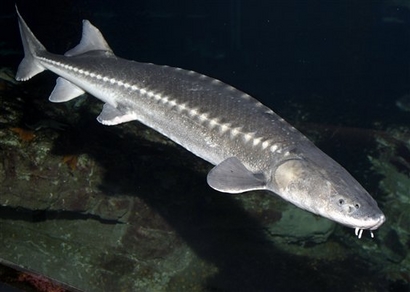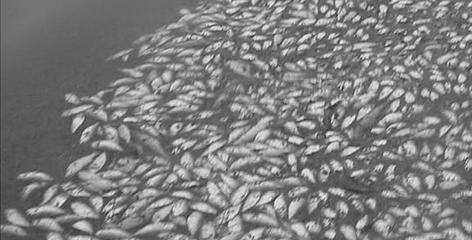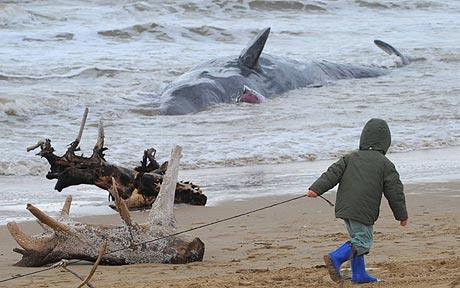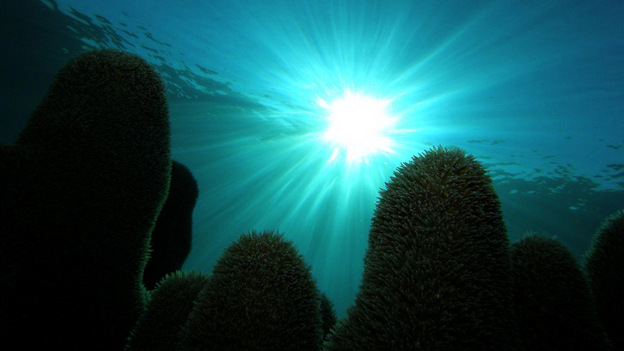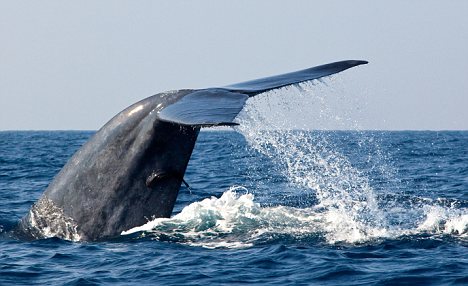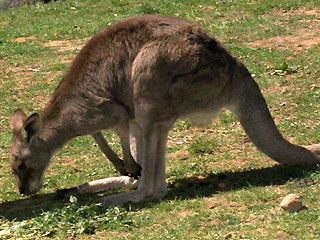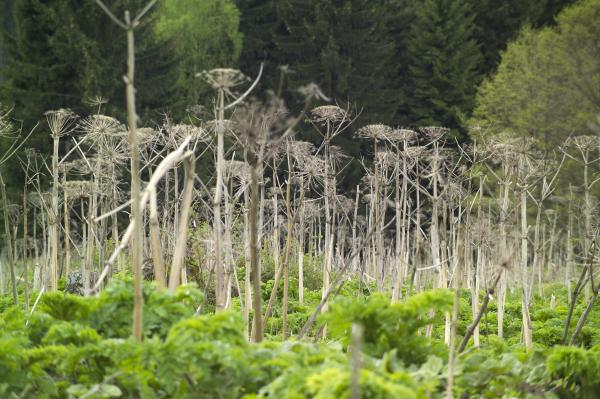
© André Künzelmann/UFZThe Giant Hogweed (Heracleum mantegazzianum) are up to four metres high.
With increasing species richness, due to more plant introductions than extinctions, plant communities of many European regions are becoming more homogeneous. The same species are occurring more frequently, whereas rare species are becoming extinct.
It is not only the biological communities that are becoming increasingly similar, but also the phylogenetic relations between regions. These processes have led to a loss of uniqueness among European floras, scientists from the DAISIE research project have published their findings in the current online edition of the scientific journal
Proceedings of the National Academy of Sciences (PNAS).
For their research the scientists analysed the data of flora native to Europe (
Flora Europaea), extinct plant species (national red lists) and alien plant species from the DAISIE database. About 1,600 new non-European species were introduced to the approx. 11,000 native European plant species since 1500 A.D. The researchers also took into account those European plants that are native to a particular region of Europe but considered as introduced species in another (approx. 1,700. It works in a similar way for the species considered to be "extinct."
While in the whole of Europe only 2 plant species can "really" be considered as extinct, approx. 500 species have become locally extinct. One such example is the Blue Woodruff (
Asperula arvensis), a weed that grows on cultivated land, which has been greatly displaced particularly from the intensification of agricultural practices. This species is considered to be locally extinct in Germany and Austria for example, whereas it still occurs e.g. in Italy and Spain.
